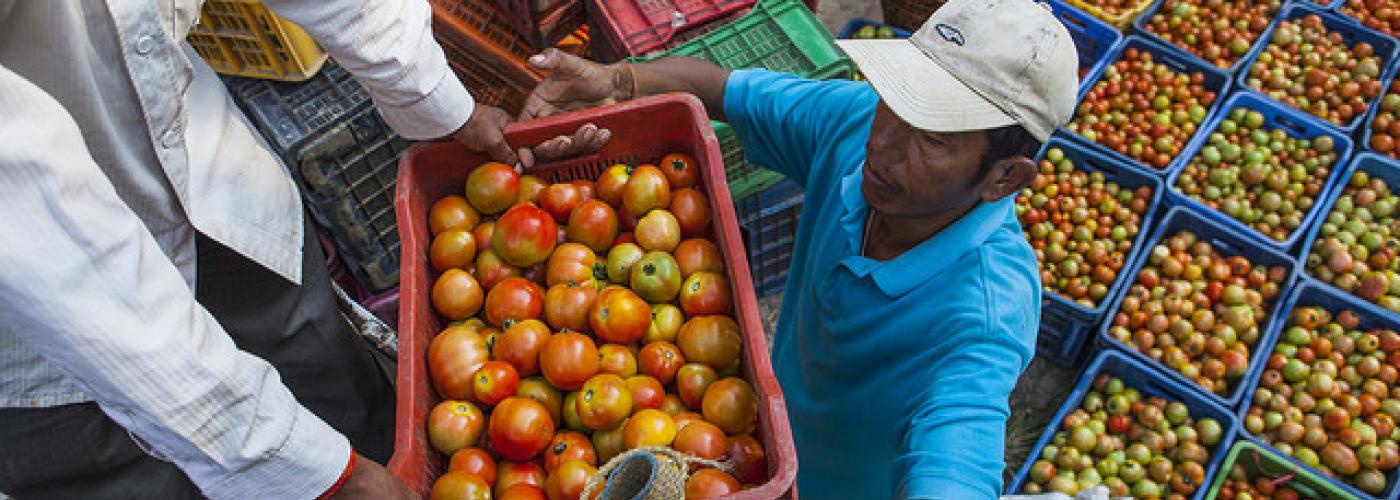Using CLA to Advance Economic Growth
Image

This spring, USAID’s Bureau for Policy, Planning and Learning (PPL) hosted the fourth Annual Collaborating, Learning, and Adapting (CLA) Competition. The CLA framework refines organizational learning and operationalizes adaptive management. It helps USAID missions and implementing partners to plan for and implement CLA approaches more strategically when addressing common challenges in international development. The CLA approach can help to achieve:
- Better coordination between donors and implementers
- Community-owned and country-led programs
- Data and evidence-informed programming
- More effective and up-to-date practices
- Programming that is relevant to the local context
- Adaptable and context-driven approaches to existing plans and implementation strategies
The competition invites individuals and groups to submit case studies demonstrating a well-planned, holistic, continuous, and replicable CLA approach. Among this year’s winners were three case studies from the economic growth sector. Marketlinks supports integrating CLA practices to advance economic growth objectives. These examples can offer instructive guidance for practically incorporating CLA into our work.
Better Coffee Harvest
Kate Scaife Diaz and Nick Rosen of TechnoServe describe a CLA approach to support Better Coffee Harvest to improve the livelihoods of smallholder coffee farmers in Nicaragua and El Salvador. Their case study outlines the need for greater coordination with stakeholders, cooperatives, and financial institutions; and supporting investments to improve productivity. Their program adopts key elements of the CLA approach to help the Better Coffee Harvest program utilize monitoring and evaluation to evoke lasting change. Read the full case study to learn more: How CLA Improved Cooperation and Livelihoods in Central American Coffee.
Partnership for Resilience and Economic Growth in Kenya (PREG)
Another winning case study was submitted by Dorine Genga and Jennifer Maurer from the USAID Kenya and East Africa mission. The mission formed the PREG partnership in 2013, a platform for collaboration and coordination for humanitarian and development actors. The purpose of PREG is to build resilience of vulnerable pastoralist communities in northern Kenya. This approach allows for program adjustments as communities build resilience. Through the efforts of the PREG partnership, livelihoods are improving, there are strengthened livestock value chains, more access to water sources, and much more. Read the full case study to learn more: Collective Action, Collective Impact through Strategic Partnerships in Northern Africa
Business Enabling Project (BEP)
From USAID/Serbia, Jelena Popovic, Aleksandar Djureinovic, and Laura Pavlovic submitted a winning case study on economic policy reform for their CLA approach to address regulatory challenges with running businesses in Serbia. The World Bank previously ranked Serbia one of the five worst countries in the world in the Getting Construction Permits category. Serbia’s government and many donor groups attempted reform approaches but were unsuccessful. This case study identifies improvements to the economic reform that could greatly improve the regulatory environment by introducing mechanisms for flexibility, feedback, prioritizing adaptive management, and a more streamlined permit process. Read the full case study to learn more: Construction Permitting in Serbia: From 20 Stops to One Stop Shop.
Congratulations to these winners!


